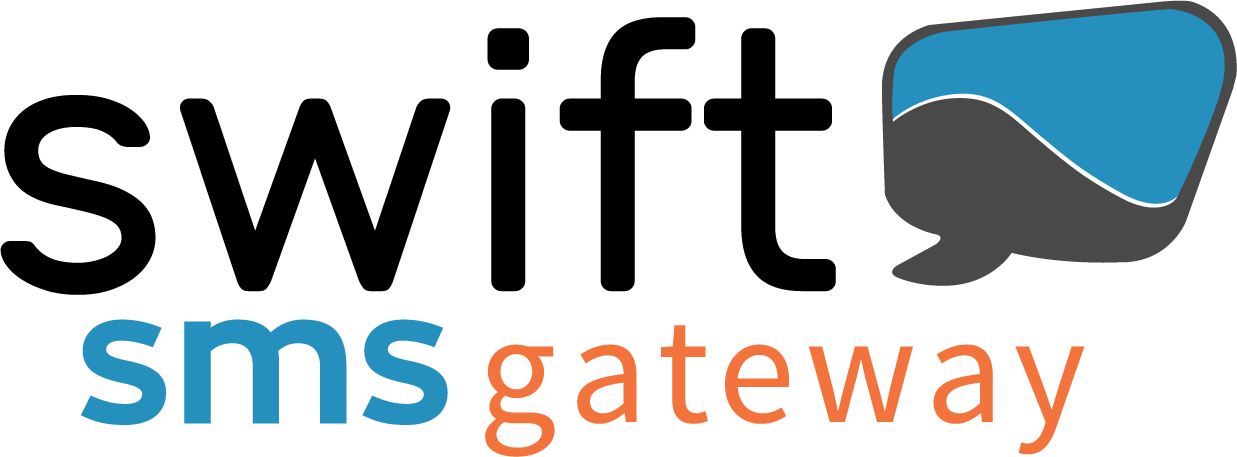Secondary vetting for A2P 10DLC campaign submissions includes; managing carrier approvals, reviewing proper guidelines and ensuring your text channels are running without disruption ongoing. These are key roles that your Campaign Service Provider (CSP) should be doing.
Being an early beta partner on the U.S. Campaign Registry, and the only Canadian aggregator involved in during the development of it, Swift SMS Gateway has an integral understanding of the Campaign Registry, and has developed advanced API integration to automate registration to make it as painless as possible as your CSP.
When operating an SMS campaign, remaining compliant requires you to follow many rules and procedures. Whether you use text message communication for marketing or transactional purposes, it’s important to have an in-depth understanding of the registration process to know if your industry or region requires your company to undergo secondary vetting.
What Is Secondary Vetting for A2P 10DLC?
Secondary vetting refers to an additional level of verification that’s applied to A2P messaging for SMS communication. This process sets out to enhance security for customers, service providers and organizations by preventing unauthorized access to sensitive data. Secondary vetting on A2P messaging reduces fraudulent activity and mitigates the risk of cyber threats for a safer digital environment.
When companies register their brand with The Campaign Registry™, the first step is primary vetting. This is the initial verification process, in which businesses confirm their short code or long code and their brand identity. Secondary vetting takes it up a notch by employing additional measures to check the legitimacy and authenticity of the information provided.
Some secondary vetting methods for campaign registration include:
- IP reputation checks: Some service providers check if an IP address has been flagged or blocked for fraudulent behavior.
- Two-factor authentication: Users receive a unique code to input into an online system and verify their identity.
- User-behavior analysis: Service providers can assess your messaging activity for frequent changes to your phone number and overrunning of the daily message limit.
- Anti-fraud algorithms: With machine learning capabilities, any wireless carrier can run data through specifically designed algorithms to detect anomalies or suspicious activity.
- Manual review: If a registration request has been flagged through secondary vetting, human operators can check this information to verify or mark it as an error.
Your account reps at Swift SMS Gateway have deep experience in the Campaign Registry vetting process.
What Do I Need to Do After I Register My A2P Brand?
If you’ve registered your campaign with The Campaign Registry, secondary vetting should be fully automated, meaning you won’t need to take further action following your application. If an established wireless carrier reaches out, follow their guidance and ensure your campaign has been completely registered before sending SMS messages.
Long Code Registration
On May 31, 2023, the registration deadline set by U.S. carriers passed for 10DLC (ten-digit-long-code) campaigns. To avoid further hindrance to your long code messages, it’s essential that you register as soon as possible.
Can I Opt-Out of Secondary Vetting for A2P 10DLC?
Secondary vetting enables businesses to increase their A2P SMS messaging limit and get higher throughput levels on 10DLC. But if you would prefer to avoid secondary vetting, it’s possible to pass an API parameter and cut this process.
Low Volume Standard Brand Registration
Since September 2022, the recently implemented Low Volume Standard Brand registration option allows independent software vendors (ISVs) and direct customers to skip the secondary vetting procedure.
Registration Costs
No matter what campaign type you have, registration fees apply to all SMS campaigns in the United States.
1. Low Volume: $2 monthly fees.
This is a cost-effective option for businesses that don’t require high levels of throughput.
2. Mixed: $2 monthly fees.
For brands that declare various uses for their campaign but don’t demand high throughput, this solution is another affordable option.
3. Standard Use Cases: $10 monthly fees.
Use cases that fall under this bracket include:
- Customer care: Account management and customer support messaging service.
- SMS marketing: Texting for promotional purposes.
- Transactional SMS: Account notifications, delivery and event updates.
- Security alerts: Automated notifications to a list of phone numbers to communicate a time-sensitive incident.
4. Special Use Cases: Costs vary.
A2P messages that require optimum throughput and exceptions from standard text messaging rules fall under special use cases. These often apply to charity, emergency or political organizations.
To gain access to our extensive support and guidance, get started with Swift SMS Gateway. Our trained operators will be there to help you whenever you need it. We’ll do everything we can to get your SMS campaign up and running as smoothly as possible.


